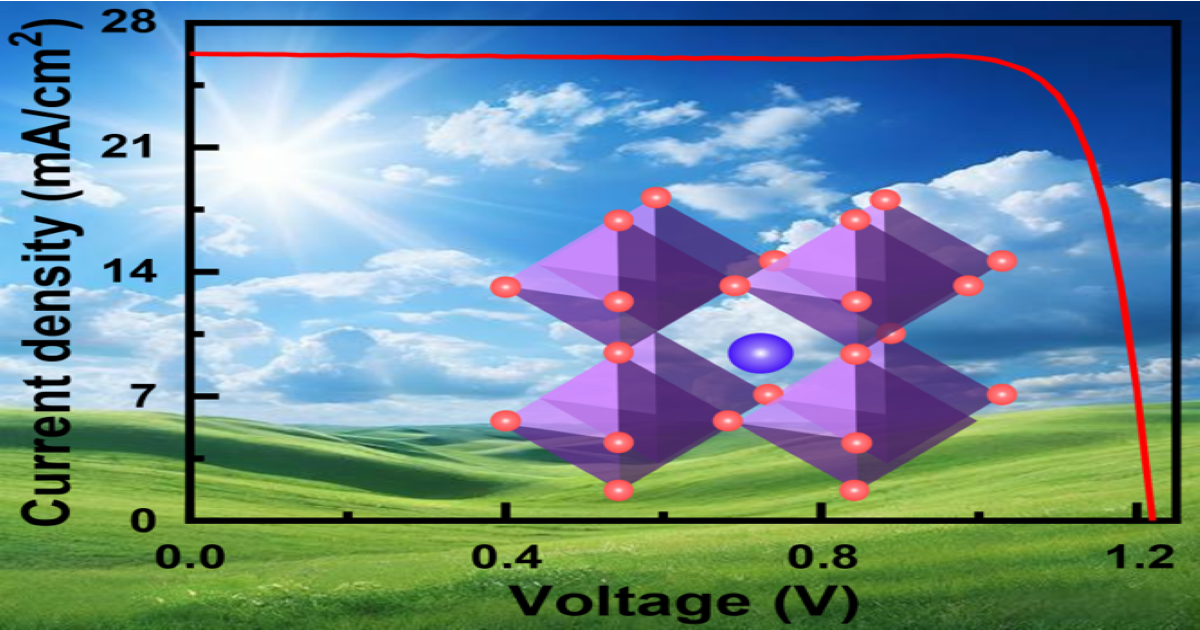- 3.2Impact Factor
- 6.4CiteScore
- 16 daysTime to First Decision
Advances in Perovskite Solar Cells: Recent Advances and Future Prospects
This special issue belongs to the section “Energy Materials“.
Special Issue Information
Dear Colleagues,
The escalating global energy crisis has accelerated the development of photovoltaic technology (PV), which offers unparalleled advantages in non-pollution and sustainability. Notably, perovskite-based solar cells are regarded as a revolutionary next-generation photovoltaic product due to their high efficiencies, low-cost fabrication, and versatile optoelectronic properties. Over the past decade, considerable efforts, including compositional tuning, interface and defect passivation, device architecture optimization, crystallization dynamics regulation, deposition technique optimization, and durability enhancement, have been directed toward optimizing the performance of perovskite-based solar cells and advancing their commercial viability. However, a significant ideal-reality discrepancy between their actual efficiency and Shockley–Queisser theoretical limit indicates room for further performance improvements. Therefore, it is important to continue enhancing the efficiency and stability of perovskite-based solar cells. This Special Issue aims to foster discussions that will drive perovskite-based solar cells toward practical applications and establish them as a central element in next-generation photovoltaic technologies.
Prof. Dr. Chunfu Zhang
Dr. Hang Dong
Guest Editors
Manuscript Submission Information
Manuscripts should be submitted online at www.mdpi.com by registering and logging in to this website. Once you are registered, click here to go to the submission form. Manuscripts can be submitted until the deadline. All submissions that pass pre-check are peer-reviewed. Accepted papers will be published continuously in the journal (as soon as accepted) and will be listed together on the special issue website. Research articles, review articles as well as short communications are invited. For planned papers, a title and short abstract (about 250 words) can be sent to the Editorial Office for assessment.
Submitted manuscripts should not have been published previously, nor be under consideration for publication elsewhere (except conference proceedings papers). All manuscripts are thoroughly refereed through a single-blind peer-review process. A guide for authors and other relevant information for submission of manuscripts is available on the Instructions for Authors page. Materials is an international peer-reviewed open access semimonthly journal published by MDPI.
Please visit the Instructions for Authors page before submitting a manuscript. The Article Processing Charge (APC) for publication in this open access journal is 2600 CHF (Swiss Francs). Submitted papers should be well formatted and use good English. Authors may use MDPI's English editing service prior to publication or during author revisions.
Keywords
- perovskite solar cell
- flexible perovskite solar cell
- tandem perovskite solar cell
- perovskite modules
- device architecture optimization
- crystallization dynamic regulation, defect or interface passivation
- compositional tuning
- deposition technique optimization
- stability

Benefits of Publishing in a Special Issue
- Ease of navigation: Grouping papers by topic helps scholars navigate broad scope journals more efficiently.
- Greater discoverability: Special Issues support the reach and impact of scientific research. Articles in Special Issues are more discoverable and cited more frequently.
- Expansion of research network: Special Issues facilitate connections among authors, fostering scientific collaborations.
- External promotion: Articles in Special Issues are often promoted through the journal's social media, increasing their visibility.
- e-Book format: Special Issues with more than 10 articles can be published as dedicated e-books, ensuring wide and rapid dissemination.

